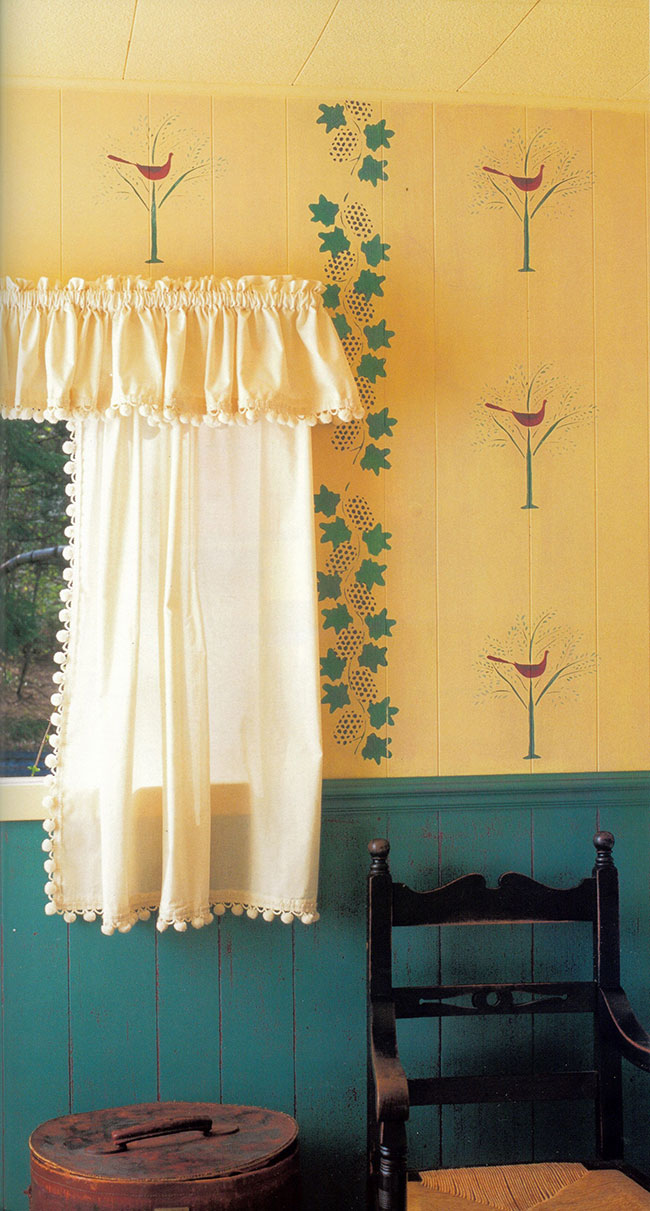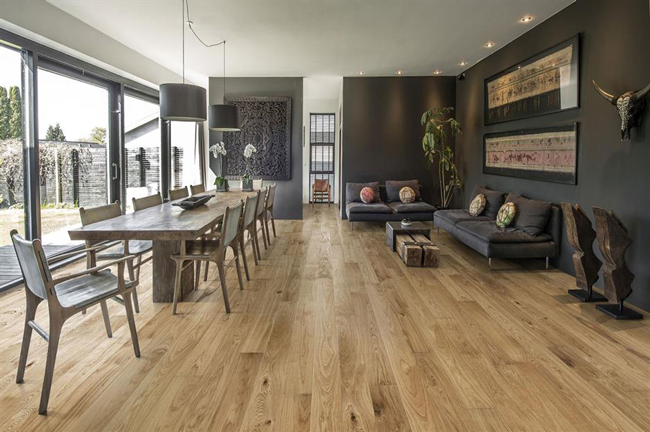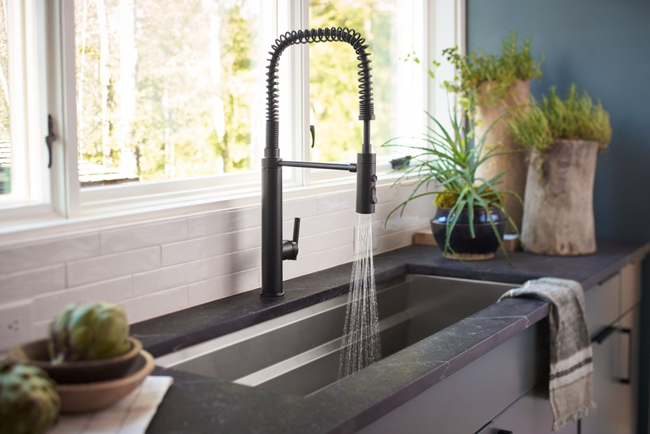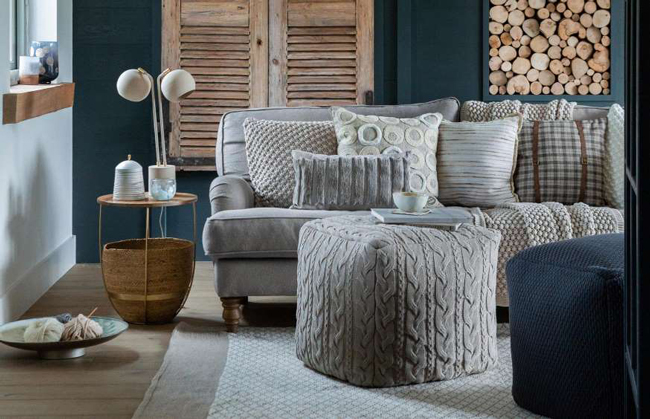
Dear Debbie;
I just had my walls drywalled and the finish is not good. The seams
are very apparent & I wondered if there was a paint technique you’d
recommend?
— Raine
Dear Raine;
I am sorry to hear that your drywall finish is poor. The biggest
challenge with finishing drywall is to hide the seams. The tape and plaster
(mudding) steps are crucial. The plaster must be applied over the tape in
three very thin coats. Otherwise you are faced with a nightmare of sanding
and dust to get a smooth surface. Textured paint techniques such as
antiquing will help to camouflage the lines. By applying two or three
random layers of different shades of paint and sanding them back to create
an aged appearance, you will have produced a multi-dimensional finish that
will blur the seam lines.
Or why not make the seams part of your decoration? Painting vertical
stripes is one option. Measure off thin and fat stripes aligning the drywall
seams along one side of your stripes. Fill in the stripes with alternating paint
shades. For a subtle finish pick shades that are close together. Make a
contemporary statement with fat white with thin black. You can also add a
textured effect to alternate stripes.
Refreshing old wood veneer paneling poses a similar challenge. It is a
huge job to fill in all the indents and chances are you will never have a
smooth wall. I have used stencils in the country dining room shown here to
draw the eye away from the panels’ indentations and seams. The paneling
was originally dark, so I sanded and primed, then painted a creamy base
coat. To give some texture I dry brushed with a light taupe. The ivy stencils
were lined up along the seams at the window. Folk stencils were lined up
and painted in heritage colours.
Dear Debbie;
I’m stenciling a border of teddy bears just above the wainscoting in
my daughter’s bedroom. The paint is leaking under the stencil, which I hand
drew and cut from cardboard. What can I do to prevent this?
— Dorothea
Dear Dorothea;
I admire your decision to make your own stencils; this makes for a
very unique outcome. Your best bet is to choose another material such as
stenciler’s Mylar, which is a thin plastic sheet available at craft stores. It is
easy to cut and flexible enough to wrap around corners and edges. Use a
spray adhesive to hold the stencil firmly to the wall pressing down along all
the stencil’s edges. Apply the paint with a dry brush, using very little paint,
and pounce over the stencil with your stencil brush. Build up the colour/s a
little at a time and you won’t get leakage. Peel the stencil off and wipe it
clean, checking that the edges aren’t holding any paint. Continue with your
design. Vary the amount of colour you apply to each of the bears for a
realistic image of the fur.
It’s a good idea to have two or three stencils cut. You could have the
bears looking out at different angles, or some side views. Once the stencil
paint is dry, add eyes, bow ties and other details to the bears using a fine
artist’s brush.




